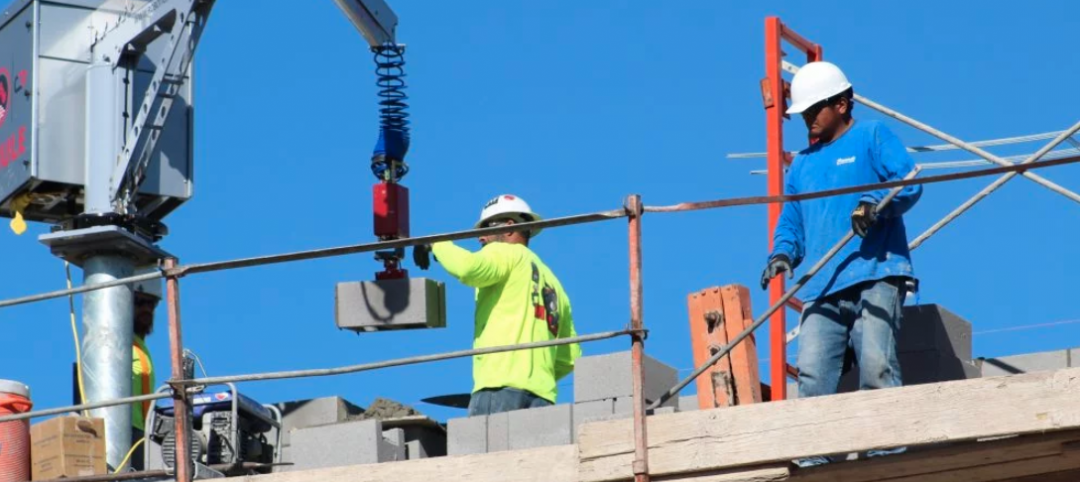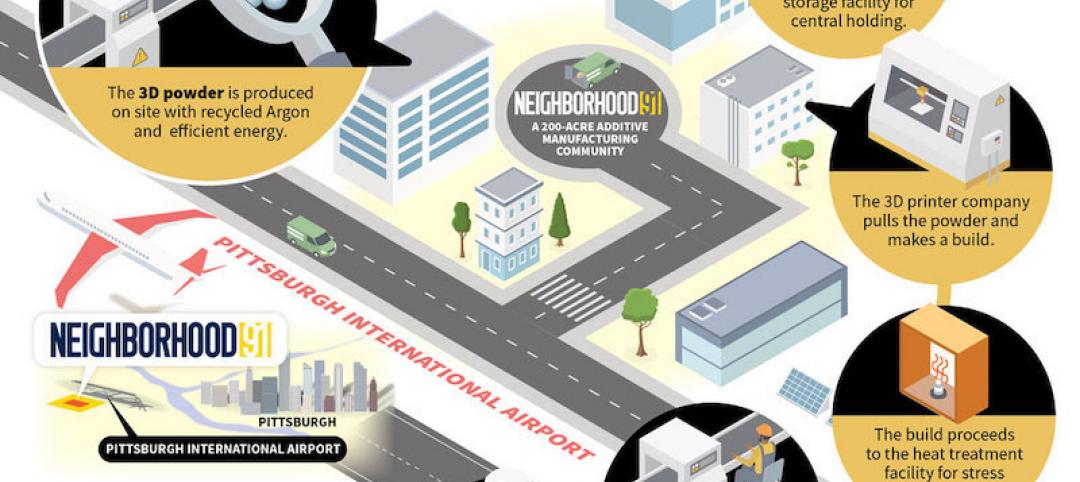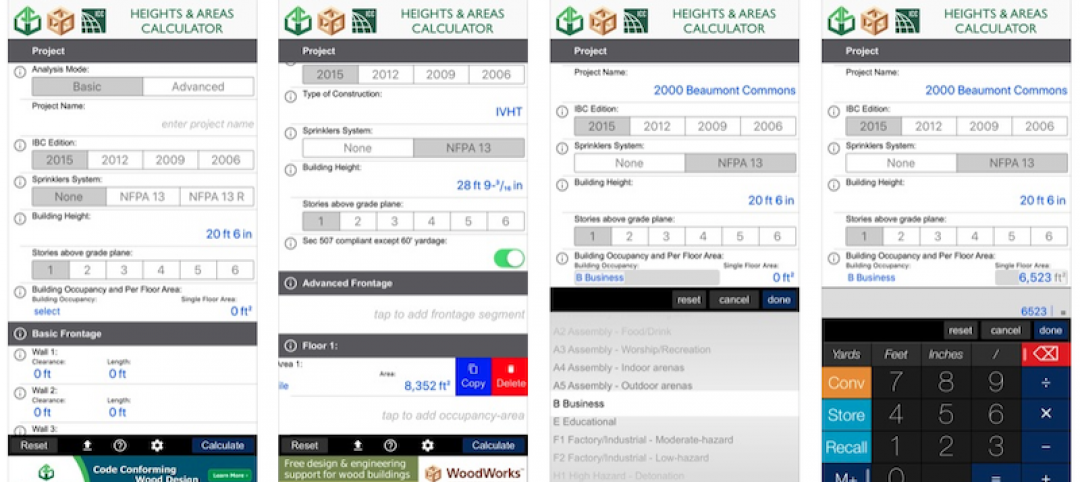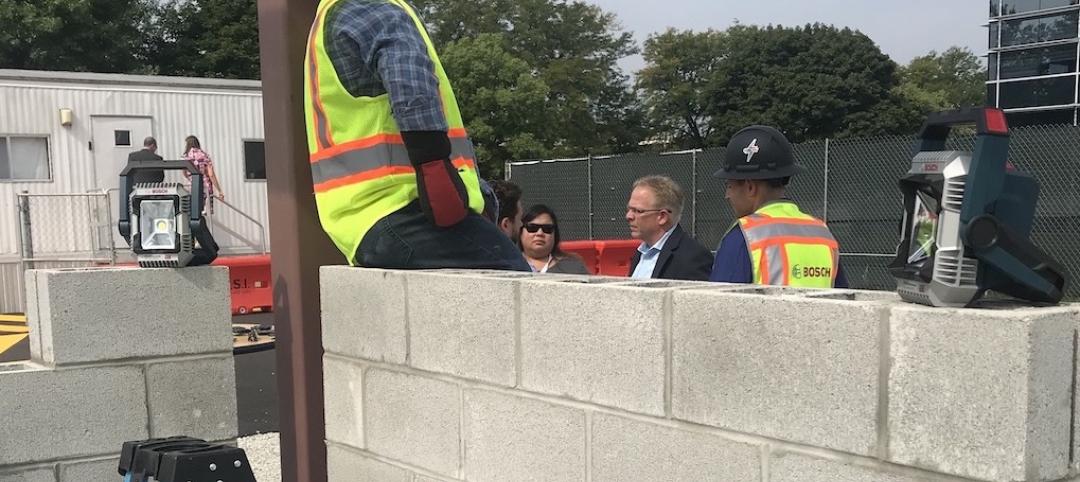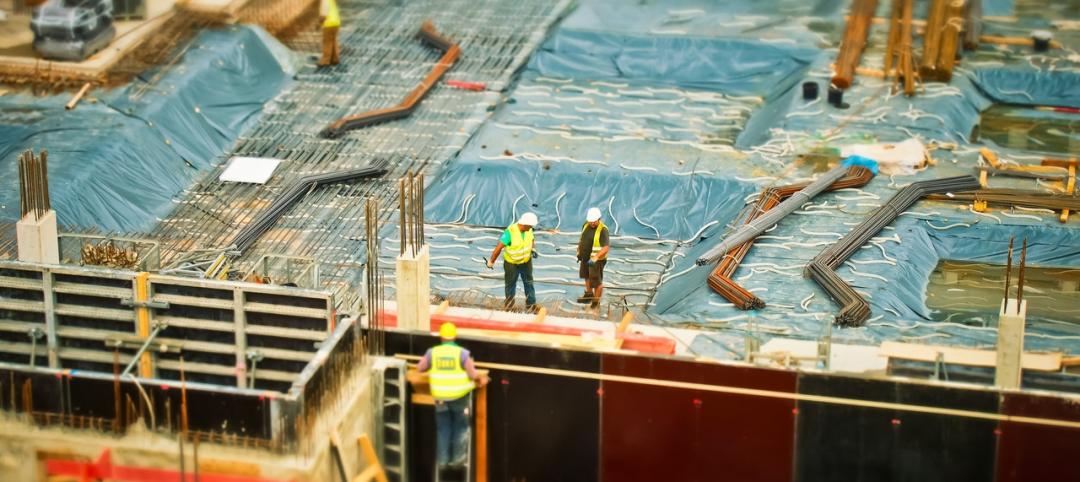When people talk about digital twin, it’s usually in the context of a single product or building. But Michael Jansen’s ambition is to digitally replicate the entire world, or at the very least every smart city.
Jansen is Chairman and CEO of Chicago-based Cityzenith, whose Smart World suite of 5D software platforms map and visualize data provided by metropolises to an intuitive real-time 3D simulation.
Cityzenith brought Smart World to market in 2009 and rolled out its latest version, Smart World Pro, last year. Users of the newer product can aggregate BIM, CAD, GIS tools, spreadsheets, documents, sensor feeds, and even social media posts, all of which can be dragged and dropped onto the platform.
Jansen describes Smart World Pro as “a design-to-demo digital twin,” whose features include an all-in-one dashboard, universal data importing, a natural language search, and a “Mapalyze” app suite of analytical tools that allows users to run project analysis “on the fly” and export and share results quickly. An application from Unity Technologies that powers the platform’s back end provides greater flexibility, says Jansen.
Smart World Pro pulls data from a variety of sources, including large building owners (one of the platform’s users is Cushman & Wakefield), large AEC firms, data streams from IoT sensors, and public information services for cities, counties, and states.
Cityzenith has amassed curated public and commercial data sets for “several thousand” cities, and fully loaded 3D models for “hundreds” in a dozen countries. Last December, the Indian state of Andhra Pradesh selected Smart World Pro as its 3D City Information Model for the development of Amaravati, a new $6.5 billion smart city capital that Foster + Partners and Surbana Jurong have designed.
“Amaravati will be born as a digital twin, the first entire city that I know of to do that in the world,” says Jansen.
Smart World Pro is also being used for Hinkley Point, a 3.2-gigawatt power plant that is the largest infrastructure project in the U.K.
Cityzenith takes what Jansen calls an “enterprise approach” to its pricing. First-time customers can get their foot in the door with a $20,000 package. Using the platform for projects costs between $30,000 and $75,000, and mapping metros can run into the hundreds of thousands of dollars.
The company has raised more than $10 million and is profitable to the point where currently it isn’t seeking investor capital. As for growth, Cityzenith has somewhere between 30 and 40 customers, but Jansen is thinking much bigger when he says his platforms target “everyone in the building industry” that manages assets.
“The problem that Smart World Pro solves is the complete lack of interoperability among tools,” says Jansen. “The industry needs a single pane of glass for all of the tools being aggregated.”
Related Stories
| Dec 18, 2019
Reconsidering construction robotics
After decades when experts predicted that robots would become more prevalent on construction sites, it would appear that the industry has finally reached that point where necessity, aspiration, and investment are colliding.
75 Top Building Products | Dec 16, 2019
Top Building Systems Products for 2019
FabricAir’s ceiling-hung fabric duct and Ellumi Lighting’s bacteria-killing lights are among the 13 new building systems products to make Building Design+Construction's 2019 101 Top Products report.
75 Top Building Products | Dec 12, 2019
Top Building Envelope Products for 2019
Sto's beetle-inspired exterior coating and Dörken Systems' UV-resistant vapor-permeable barrier are among the 28 new building envelope products to make Building Design+Construction's 2019 101 Top Products report.
Building Tech | Nov 8, 2019
Pittsburgh is developing a one-stop-shop campus for additive manufacturing and 3D printing
Neighborhood 91 is the latest tech venture for the city’s airport authority.
Multifamily Housing | Sep 12, 2019
Meet the masters of offsite construction
Prescient combines 5D software, clever engineering, and advanced robotics to create prefabricated assemblies for apartment buildings and student housing.
Codes and Standards | Sep 9, 2019
Free app calculates maximum allowable heights and areas for buildings
A free app that calculates the maximum allowable heights and areas for buildings of various occupancy classifications and types of construction has been released.
AEC Innovators | Aug 15, 2019
Oracle’s replica of a construction jobsite creates an immersive environment for AEC professionals
The Oracle Construction and Engineering Innovation Lab allows visitors to walk through five different stages of construction work, to test new AEC technologies and training techniques.
Building Tech | Jul 24, 2019
Building façade innovation: Water won’t dissolve this sugar cube
10 Jay Street’s unitized “sugar crystal” façade was engineered to withstand the water and wind from New York’s East River.
Multifamily Housing | Jul 23, 2019
Is prefab in your future?
The most important benefit of offsite construction, when done right, is reliability.
Building Tech | Jun 26, 2019
Modular construction can deliver projects 50% faster
Modular construction can deliver projects 20% to 50% faster than traditional methods and drastically reshape how buildings are delivered, according to a new report from McKinsey & Co.



